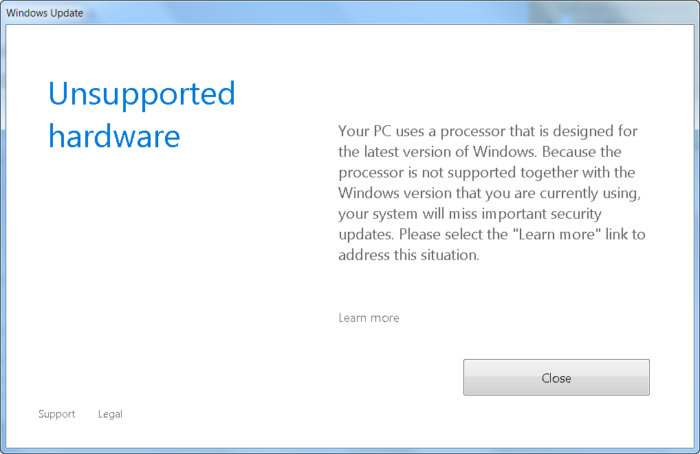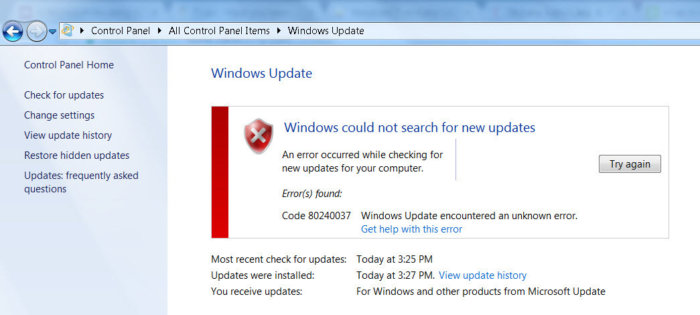|
|
Problem - Sound Does not Automatically MuteIf you use the Asus H81T with the Mitac M770 or M780 chassis, in some situations plugging a device into the headphone jack may not automatically mute the main sound output. CauseThis is caused by the use of outdated Realtek HD Audio driver software. ResolutionUpdate the driver to the version available on the Driver finder, Asus support page, or Realtek website. Applies to:
ProblemOn some systems customers may repeatedly experience Realtek Audio Configuration Manager Popups within Windows even when no external audio device has been plugged in. Symptoms also include:
CauseThis issue is caused because the AIO PC Internal Digital Microphone cable is connected to the Front Panel Audio riser on the Asus H81T motherboard. The AIO PC does not use the (familiar) 10-1 Pin AAFP audio riser. Instead it uses a 4 Pin DMIC riser for the Internal Digital Microphone and a 2 Pin SPK_OUT riser for output to the speakers integrated into the AIO PC. In addition when the DMIC cable is erroneously connected to the AAFP riser it will not fit correctly due to keying. Note: This is likely a assembly fault and the problem will likely have been present from new. If the system has been in use for some time without experiencing the symptoms described, this article may not apply.
ResolutionMove the Digital Microphone cable from the Front Panel Audio Connector to the Digital Microphone Connector on the motherboard. See Page 1-15 and Page 1-18 of the Asus H81T motherboard for riser locations. Applies to:
Command Prompt Type SummaryThe command prompt is a useful environment to perform tasks such as updating BIOSes, retrieving log files or performing other diagnostic routines. There are four main types of command prompt:
Before running any diagnostic utilities or BIOS updates, you need to find out which one of the four command prompt types is required. Basic Command IntroductionThe commands below will help you to navigate and perform tasks in these situations.
Note: Commands inside the command prompt are almost always not case sensitive, which means that they can be typed lower or uppercase or even a combination.
Applies to:
ProblemThe Stone / Asus Q87 CS-B motherboard (BOAMOT-467) has an integrated Trusted Platform Module (TPM). In some situations, the TPM module may not remain enabled in the BIOS after you reboot the system, resulting it in not being available to the operating system. CauseThe cause of this issue is a BIOS glitch in BIOS version 9301. ResolutionTo resolve this problem, either downgrade to BIOS 9213, or preferably, update to the latest Official Stone BIOS for this motherboard (version 1201s or a later). To flash the BIOS:
Tip: Always use Stone Computers official BIOS to prevent your copy of Windows re-requiring activation. This is especially important if you are using a Stone Computers factory image or OEM installation of Windows.
Applies to:
ProblemSystems based on the Q87 CS-B motherboard (BOAMOT-467) may not give reliable wake on LAN functionality. Wake functionality may only work when the system has been powered down through the operating system (with the AC mains not disconnected from the power supply) or it may not work at all. This is evident on machines shipped up to and including 27/1/2014. More DetailsWake on LAN functionality is enabled by default in the shipping BIOS of systems supplied by Stone. Wake on LAN should be possible from all of these states:
With the BIOS shipped up to 27/1/2014, this functionality does not work reliably. CauseThe cause is a BIOS glitch which has now been corrected. The problem is caused by problems with the factory BIOS configuration tool rather than with a specific BIOS version. ResolutionsWork Around 1Disable and then re-enable Wake on LAN functionality in the BIOS. To disable:
To enable:
FixFlash an Updated BIOS This problem can also be fixed by updating the BIOS to the Stone 1201s BIOS or later, or a later generic Asus BIOS if necessary. To flash the BIOS:
Tip: Always use Stone Computers official BIOS to prevent your copy of Windows re-requiring activation. This is especially important if you are using a Stone Computers factory image or OEM installation of Windows.
Applies to:
ProblemWith some BIOS versions and configurations it may not be possible to boot in Legacy mode from a USB pen drive. The USB pen drive is only shown as a UEFI bootable device. A non-UEFI choice for the USB pen drive is not offered. ScenarioCustomers trying to boot Windows 7 or Windows 8.1 media from a USB pen drive. The USB pen drive is formatted as FAT32 (as is recommended). BIOS Settings:
The USB Device is not recognised as being available for non-UEFI booting. The pen drive can only be booted in UEFI mode. CauseThis issue appears to be caused by a BIOS bug in the Stone version of the 0801 BIOS. The issue may also be present in other versions of the Stone customised BIOS up to and including 0801. Note: Stone customised BIOSes can be identified by the Stone pebble logo being briefly displayed when the system is turned on. The BIOS identifiers or version numbers are the same as the reference Asus' BIOS.
ResolutionIf customers are affected by this issue, and specifically need to Legacy boot from USB media and cannot, the BIOS will need to be upgraded. There are two options available. Option 1 Install the latest Stone BIOS, version 1802 or later. Please note that once 1802 has been installed it may not be possible to downgrade back to version 0801 as the management engine firmware is upgraded as part of the 1802 package.
Option 2 Install the reference Asus 0801 BIOS, which can be downloaded here.
Further InformationTypical BIOS settings for Legacy Boot:
Note: There is no indication from customers that this issue affects SATA based hard drives. This issue just affects USB hard drives or pen drives.
Applies to:
Problem
CauseThis issue is caused by Asus BIOS version 3016, released on 5/1/17. Stone have not released this BIOS for use on Stone products, meaning that this issue can only occur when the stock Asus BIOS has been used from the Asus website, or by using the Internet update feature from within the BIOS itself. To check which BIOS version you have, press DEL to Enter the BIOS setup when prompted, straight after turning on the machine. On the homepage, check the BIOS version as below. ResolutionUpgrade to BIOS 3019 or later:
Follow the steps in the normal article which shows you how to apply the update and ensure you are downloading version 3019 or later. Note: We recommend where possible that only Stone customised BIOSes are uses on these motherboards. Stone customised BIOSes can be identified by the Stone pebble logo being briefly displayed when the system is turned on. The BIOS identifiers or version numbers are the same as the reference Asus' BIOS.
Applies to:
ProblemSome versions of the Crucial M4 Solid State Drive (SSD) may start to become unresponsive. The system may appear to hang or run very slowly, sometimes at regular one hour intervals.
CauseThe cause is a firmware problem which causes the drive to become unstable after 5184 hours of power-on operation. The drive may also sometimes not be detected by the system BIOS when the system is turned on. Even when the drive has been detected and appears to have recovered, the drive may experience performance or detection problems after every subsequent hour of use. The root cause is a problem with the drives SMART monitoring and management system which encounters a problem after 5184 hours of use. ResolutionInstall the latest drive firmware to correct this problem. The problem has been seen with Crucial M4 SSDs with firmware versions older than 0309. Firmware 0309 provided the first fix for the 5184 hours issue, however we recommend that any drive with firmware 070H or older should be considered for a firmware update, as this also resolves some problems with Windows 8. Firmware 070H was released on 04/02/2013. Additional InformationHow to Check the Number of Power On Hours Use the Stone Smart Gather tool, or use a utility such as CrystalDiskInfo Portable Edition.
The Raw Values column can be changed from Hex to Dec via the menu. Checking the Firmware Version before and After Firmware Update The firmware version is displayed in the Hardware IDs field in the Details tab of the device in Device Manager, as shown below. Before the upgrade:
After the upgrade:
Crucial M4 2.5 inch SSD Firmware Download Page http://www.crucial.com/usa/en/support-ssd The page shows both Windows applications for performing the update as well as an ISO download. The ISO download provides a bootable Linux update environment for use when there is no Windows operating system currently installed. Firmware Update Process 1. Ensure that the SSD drive is the first boot device. 2. Boot to Windows and login. 3. Download the firmware update to the machines local C drive. Do not attempt to run the update from a USB pen drive or from a network drive. 4. To update the firmware, RIGHT-CLICK the utility and then select "Run as administrator". 5. Accept the license agreement. 6. Click Continue. 7. The PC will now restart and load a DOS like "stub" or text mode screen, and proceed to update the firmware. 8. Boot into windows and check that the new firmware has been applied.
9. As always, test the system using PC Check or similar. There is no Crucial specific SSD diagnostic tool. Applies to:
Bootable Pen Drive There are many instances where a "DOS" or Windows 98SE bootable pen drive is required - for example, some BIOS updates or other low level updates can only be done in this way. (Stone is working to provide Windows update utilties wherever possible, but these arent always available yet). If you need to create a DOS or Windows 98SE (or FreeDOS) bootable equivalent, please see some links to third party sites below which host various solutions. Note: We are not responsible for the content of third party web sites
Rufus - http://rufus.akeo.ie/ HP USB Format Tool - Download here Windows 98 Boot files - here Applies to:
Problemif you attempt to either factory reset or refresh a machine with Windows 8, in some situations you may find that the options are missing, or you may be prompted for installation media. CauseThis is a software problem where the recovery storage area is marked as disabled. Normally, installation media should not be required to perform a factory reset or refresh as the files are stored in the recovery area of the hard drive. ResolutionIf the refresh and reset options are missing, you may be able to restore them by following these steps:
Windows Recovery Environment (RE) and system reset configuration Information: Windows RE status: Disabled
REGAENTC.EXE: Operation Successful
Applies to:
ProblemWhen you install Windows 7 or Windows Server 2008R2 on affected platforms the system performance can be noticeably poor. The mouse cursor is slow to respond; the system appears to be busy or have high CPU usage, and screen updates can be slow. Affected SystemsSystems affected include:
CauseThe root cause is the Microsoft provided Intel LAN controller driver which ships with Windows 7 and Windows Server 2008R2. This driver does not properly support the controller and it will cause the above symptoms. ResolutionUpdate the driver with the latest Intel LAN driver available from the Stone driver finder or Intel website. Updating the driver will restore the lost performance and also add the additional features provided by the full Intel LAN driver package. The LAN driver for these systems should be date 2011 or newer, as opposed to the Microsoft 2009 in box driver. Additional: On rare occasions we have seen system hangs during Windows setup, again because of this issue. If you encounter a system hang whilst installing Windows, disconnect the system from the network and then use a patch cable to connect both LAN adapters together. Then, attempt to install Windows again. When installed, then update the LAN driver as above.
Applies to:
ProblemWhen you try to logon to computer on a domain, you may receive the following error "The trust relationship between this workstation and the primary domain failed"
CauseDomain computers set up secure communications by using a computer account in the domain. For this to work, the computer account is protected by a password which is usually changed by the domain computer every 30 days. If the computer account becomes out of sync - i.e. the password does not match for some reason - the domain computer will be unable to log onto the domain. The account can go out of sync for a number of reasons including:
ResolutionThere are several possible methods to rectify this problem. Quick Method The first step would be to try and to reset the secure connection. From the Domain Controller, open Powershell or Command Prompt as an Administrator and type in: Netdom reset ComputerClientName /Domain: DomainName Full Method If the quick method doesn't work, then you will need to remove the computer from the domain, reset the account within Active Directory (see above) and then re-join the computer back to the domain.
Applies to:
IssuesScenario
Possible Problems
If you have not added the correct USB drivers for Windows 7 and Skylake support, it is more likely that you are affected by one or more of these issues. Note: To prove if you are affected by this issue, try running Windows 10 Setup and confirm that the keyboard and mouse work as normal.
CauseIntel add new features and enhancements to each new chipset or platform that they produce. However, sometimes, legacy or older features are removed. Starting with the Intel Skylake platform, which includes processors such as the Core i3-6xxx or Core i5-6xxx, EHCI Support has been removed. As Windows 7 only supports the EHCI standard out of the box, no USB functionality will be available until an additional driver has been added. ResolutionsNote: For all resolutions, you will need to disable Secure Boot and UEFI boot in the BIOS. Enable Legacy Boot in the BIOS as this is required for Windows 7.
If Installing Windows 7 from Scratch: Resolution 1 - Using the USB 3 Driver on a CD or DVD disk
Resolution 2 - Use the Intel USB 3.0 Media Creation Tool The Intel USB 3.0 media creation tool is designed to create Windows 7 installation media that includes the USB 3.0 driver. This tool is primarily designed for Intel Skylake NUC products but should be suitable for other systems, such as desktops or laptops, using similar Intel chipsets. For more information, go here. Note: Please download the correct version of the tool for the PC that you are using to create the media. There is one version of the tool for Windows 7 and another for Windows 8.1/10.
If deploying Windows 7 from an Image or Imaging System: Resolution 3 - Add the Driver to your Windows 7 Media Manually
If deploying Windows 7 with CC4: Resolution 4 - Add Drivers to CC4
Note: For third party advice and more work-arounds regarding this issue, see here for the Asus page, or attached or here for the Intel guide. The Intel instructions should work for most products including notebooks, desktops and NUCs.
Work AroundIf your system supports it, use a PS/2 keyboard and mouse to continue the installation or deployment until you can install the USB driver. If you are working with a large number of systems, we recommend one of the resolutions above instead. More InformationThe following work-arounds do NOT solve this issue:
Applies to:
Gathering SMART InformationAll modern hard drives keep SMART information which can be used to quickly tell if a hard drive has had any reliability events so far during its life. The third party utility below allows you to read SMART information from a hard drive in a DOS environment. This means that the system does not have to be booted or logged into Windows. Instructions
Note: This utility is the property of a third party and is linked here for reference only. No warranties implied.
Analysing At the ResultsLook at the following values to identify a failing drive or a drive that requires further testing: 5 Reallocated_Sector_Ct If the drive shows perfect health (i.e. zero for all of the above values) then it is likely to be a drive in good working order. If the drive has problems, run the manufacturer's dianostic test to see if it has reached the manufacturer's failure threshold, which could be lower than the drives overall "SMART failure" threshold. Theshold ExampleThe table below illustrates the possible differences between a drive that could pass SMART but fail the manufacturer's test (50 reallocated sectors in the example) or it may pass the manufacturer's test but have definite problems and will likely fail (20 reallocated secotrs in the example).
Applies to:
Gathering SMART InformationAll modern hard drives keep SMART information which can be used to quickly tell if a hard drive has had any reliability events so far during its life. The attached utility will gather information from all SATA hard drives in a system and generate an output file (OUTPUT.TXT by default). Instructions
For example: SGT P1103083599 to save the output as P1103083599.TXT Note: This utility cannot be used on most SATA RAID controllers including Intel Matrix RAID Controllers.
Looking At the ResultsThen examine the file to look at the drive health, looking at the RAW_VALUE columns. If its a traditional mechanical hard drive: 5 Reallocated_Sector_Ct If its a Solid State Drive (SSD): 5 Reallocated_Sector_Ct If the drive shows perfect health (i.e. zero for all of the above values, except for the total number of blocks written (241 Total_LBAs_Written)) then it is likely to be a drive in good working order. If the drive has problems, run the manufacturer's dianostic test to see if it has reached the manufacturer's failure threshold, which could be lower than the drives overall "SMART failure" threshold. Threshold ExampleThe table below illustrates the possible differences between a drive that could pass SMART but fail the manufacturer's test (50 reallocated sectors in the example) or it may pass the manufacturer's test but have definite problems and will likely fail (20 reallocated sectors in the example).
LimitationsThe SMART Gather tool can only get SMART information from drives connected to non-RAID controllers. RAID controllers and some USB adapters prevent hard drives from being accessed directly. However, if you have replaced a SATA drive in a RAID array you can still verify that a drive was genuinely faulty by then connecting the drive as a second drive in a PC system, and then running SGT. CreditThe Stone Smart Gather Tool is based upon Smartmontools. Version HistoryVersion 1.0S:
Version 1.0R:
Version 1.0Q:
Version 1.0N:
Version 1.0h:
Version 1.0f:
Version 1.0e:
Applies to:
System Recovery PartitionStone PCs and Notebooks come with a built in recovery partition which can be used to recover Windows to the factory defaults. Please Note: This facility is only available if the recovery partition was not removed as part of a customers software deployment process. For example, a customer imaging process that removes all partitions will remove the ability to recover the system back to the factory state.
Recovery ProcessYou need to make sure any personal data is backed up to an external device before running the recovery, as using this procedure will erase all user data from the hard drive. Instructions:
Note: Ensure that all user data, such as documents, settings and favorites are backed up to an external device or location before using the recovery procedure.
ProblemOccasional problems with imaging tools and processes could lead to a system that will not boot after it has been reimaged. For example, differences in SATA controller, partition sizes or versions of imaging software could leave you with a system where the boot sector is not correct, or the boot configuration database (BCD) needs to be re-written. Typically systems with this problem will not boot the operating system but just display a flashing cursor on the screen after the BIOS POST has completed. Note: These instructions have been written for Windows 7 and do not apply to Windows XP.
InstructionsStage 1 - Boot from the Recovery CD Tip: If you cannot create a Windows 7 Recovery CD, then a bootable USB pen drive containing Windows PE will suffice.
Stage 2 - Set the Active Partition Stage 3 - Fix the Master Boot Record, Boot sector and Boot Configuration Database (BCD) Further InformationYou may be able to prevent this situatiuon when deploying an Operating System image by using an option in your disk imaging software to completely recreate the partition table and boot sector (effectively erasing the drive), for example by using the DISKPART CLEAN ALL command. Note that this may remove Virtual PC check or other pre-installed tools. Applies to:
ProblemYou may receive Windows Update Error 0x8024402F even if the system has been reimaged. ProductsAny desktop or laptop product running Microsoft Windows 7 or Windows 8. Root CauseThis is caused by a problem with the Microsoft .NET Framework 4 Client Profile. ResolutionUnninstall the Microsoft .NET Framework 4 Client Profile: 1. Start->Control Panel->Programs and Features 2. Locate the Microsoft .NET Framework 4 Client Profile 3. Right click and then select Uninstall / Change 4. Confirm that you want this component to be uninstalled. This may take a few minutes. 5. Restart the system. 6. When the system has reboot, re-run Windows Update and as normal. More Information: This has been documented on the Microsoft Technet here.
Applies to:
Scenario
How to Troubleshoot This ScenarioThere are numerous causes of this problem:
If you are working inside a managed IT environment (for example a large school, a college or a university), in many instances, if your PC does not contain your data or files, it is often advisable to request that your system is reimaged first. This eliminates problems cause by viruses, unclean shutdowns and often BIOS settings. If you need to troubleshoot the ready for the reboot please follow the process below. How to Get the Stop Code from the blue Screen The first stage is to get the Stop code which is momentarily reported by Windows before the system resets. This stop code, along with any text message, may help in the identification of the root cause.
3. Using the arrow keys on your keyboard highlight ‘Disable automatic restart on system failure’ and press Enter. The system will reboot and windows will begin to load, but this time when the problem occurs the STOP message will be displayed. For example:
Stop 0x0000007B Inaccessible Boot Device Usuall causes: - SATA Controller Mode Change the Serial ATA Controller mode type from AHCI to IDE, or IDE to AHCI in the system BIOS. This problem normally only occurs on a newly imaged system, or a system that has just had a BIOS update. BIOS updates can cause BIOS settings to be lost meaning that the Serial ATA Controller mode is set incorrectly. To change the SATA controller settings, carry out the following procedure:
- Unclean Shutdown - Disk Consistency Check Required The file system is damaged. This can normally be fixed by reimaging the system, or by booting from a Windows CD and initiating a file system consistency check (CHKDSK). IRQL_NOT_LESS_OR_EQUAL or PAGE_FAULT_IN_NONPAGED_AREA These messages are often caused by a driver update, or an additional device plugged into the system. Unplug any recently added devices, especially any USB to serial adapters. If this does not resolve the problem, try rolling back to the previous driver configuration:
If you have a stop code or blue screen error message which is not covered above, try these steps:
ProblemInstalling Symantec Endpoint Encyption (SEE) on systems that have the Virtual PC Health Check installed may cause the system to stop booting. ProductsSymantec Endpoint Encryption and Windows 7 with Virtual PC Health Check IssueWhen you try and boot the system you will be presented with the "Press F3 for Virtual PC Check". During a normal boot, you would ignore this message and let it timeout. However with Symantec Endpoint Encryption installed after the message has timed-out, it will simply re-appear and the boot process will not continue. If you press F3 you will get a message that says "NF" and the system will not proceed any further. Root CauseInstalling Symantec Endpoint Encryption on a system that has the Virtual PC Health Check installed. Virtual PC Health Check uses boot code that doesnt work when the partition layout is changed by programs such as Symantec Endpoint Encryption. Resolution1. If you are deploying an Operating System image, use the option in your disk imaging software to remove Virtual PC Health check by deleting the entire contents of the hard drive (for example, use the DISKPART CLEAN command). 2. If you are not deploying an image, or if you are already at the point where the system cannot boot, you will need to use the recovery process below: Stage 1 - Boot from the Windows 7 DVD
Stage 2 - Start the Recovery Command Prompt
Stage 3 - Repair the Master Boot Record (MBR)
This will have now stopped Virtual PC Health Check from running as the Master Boot Record (MBR) will have been replaced. This should allow the system to complete booting while Symantec Endpoint Encryption is installed. Applies to:
When to FlashPlease only consider flashing this motherboard if you have a specific issue that is resolved by an update, for example the need to support Windows 8. BIOS 0116 RecommendedThe recommended BIOS version for these two motherboards is version 0116. We do not recommend the use of BIOS version 0120, which is the latest available at this time. Known Problems with BIOS 0120 System Will not accept DMI Programming Unable to write SMBIOS OEGStone. Can not install the SMBIOS data. IFlash 2.4 build 064. Port mapper table signature not found. System May not boot from SATA HDD connected to SATA port 1 System not not always boot reliably from the intended boot device, especially if the boot HDD is not connected to SATA port 0. Download Links
BIOS Update OrderDepending on which version of BIOS you have installed you may need to do up to three BIOS flashes to get to version 0116.
Please note: If you are in BIOS version 0040 or below, and 0048 refuses to flash with an "Invalid Header" message, you may need to flash to version 0041 before then going to 0048, although this is not stipulated in the official Intel documentation. Alternatively, perform a recovery flash.
Applies to:
ProblemSpecific models of Intel LAN controller found on some Haswell systems and some older driver versions may intermittently cause excessive network broadcast traffic whilst the system is in sleep mode. Affected products include:
This problem does not appear on Haswell systems using a Realtek LAN Controller. SymptomsThese include:
The symptoms are similar to those experienced when a network loop has been introduced, however the problems above cannot be resolved by turning on spanning tree protocol (STP). The network may appear to be suffering a denial of service attack. Root CauseThe root cause is a bug in the Intel i217-LM network driver, which can cause IPv6 multicast traffic to be sent when the system is in a sleep state. Driver package versions 18.x including 18.7.28.0 are affected by this issue. The actual driver dates are January 2014 and older, and include driver version 12.10.30.0. An example of the problematic driver is shown below.
Please Note: In addition to using and supplying only industry tested and digitally signed drivers, Stone computers thoroughly tests all systems as part of a product evaluation and development process. This issue has only been replicated in very isolated circumstances however the issue can cause significant disruption, hence its inclusion on the Stone Knowledgebase. The issue has been replicated on Windows 7 but may also occur using Windows 8.
ResolutionInstall driver package 19.0 or later. As of writing, driver package 19.1 is available. This contains the Intel i217-LM driver version 12.11.96.1 dated 14/3/2014. Up to date drivers can be downloaded from the Stone Driver Finder. Additional Download Links Additional WorkaroundIf you are affected by this issue but not able to update the driver, a workaround is to remove the binding to IPv6 on the network adapter. This will remove the facility to use IPv6 services. To do this:
A further alternative, for example if you need to maintain the use of IPv6 services and cannot upgrade the driver, is to disable the system's ability to go into sleep state. If you require assistance with this, please contact Stone support. Applies to:
ProblemStone systems based on the MSI H81M-P33 produced between 8/1/14 and 16/1/14 may not shut down then the user tries to shut the system down from within an operating system. Instead, the system reboots and starts the operating system - such as Windows - again. CauseThe cause is because the BIOS has been configured to support S3 wake from USB devices however the motherboard jumpers have not been configured to do so. Resolution 1Disable the Resume from S3 by USB Device, Resume from S3/S4/S5 by PS/2 mouse and Resume from S3/S4/S5 by PS/2 keyboard settings in the BIOS. This method will fix the problem but in future the machine will only be able to be woken from deeper power saving states by using the system's power button. Use the BIOS Settings instructions in this KB article to do this but disable instead of enable the settings. The steps are also below. Steps
Resolution 2Move the JUSB_PW1 and JUSB_PW2 jumpers to finish enabling the Sleep / S3 wake from USB functionality. This resolution gives the best system functionality but the lid of the system will need to be removed to make the change. Steps
Note: This issue is not related to Wake on LAN (WOL) functionality.
Applies to:
ProblemAn Intel Q67 chipset or Intel Q77 chipset based system may experience the following issues randomly:
CauseThis issue is caused by the design of the Intel LAN driver and the way it interacts with the Q67 or Q77 chipset management engine. These issues can appear even if the management engine has not been configured, i.e. the management engine is "un-provisioned". In the case of the Intel DQ77MK based system, the problems only affects the Intel 82579LM controller. Using the 82574L secondary LAN controller and leaving the 82579LM controller unplugged will work-around the issue, but this will prevent the use of AMT technologies such as VPRO remote control. Note: The audio or video being played does not need to be being transferred over the network; the 82579LM adapter simply needs to be plugged into a network to cause the problems in the system.
ResolutionEnsure that you use the Intel Pro 1000 driver Release 19.1. If you have an older driver already installed:
If you have a newer driver already installed:
The correct driver based on the 19.1 package has a version number of 12.10.28.0. Download LinksWindows 7 driver package 19.1 - here Windows 8.1 driver package 19.1 - here Applies to:
ProblemThe products in the title may have issues with LAN port connectivity when used with certain driver versions under Windows 7, Vista and Windows XP. IssueSymptoms of this issue are:
Root CauseThe root cause is an out of date Realtek LAN controller driver. Affected driver versions are:
If your driver version is the version above or higher, then you are likely not affected by this issue. Please contact the Stone service desk for assistance for additional troubleshooting. An example of a driver that will cause this problem is shown below: ResolutionStep 1: The driver must be upgraded to a newer version, by obtaining a newer version from the Stone driver finder or from the Intel web site. If you need network connectivity to do this, please do Step 2 first, then update the driver, and then repeat Step 2. Step 2: The LAN PHY chip must be reset. To do this after having updated the driver, perform the following:
Note: If you do not complete Step 2 after updating the driver then the problem may re-occur as the LAN chip programming has not been cleared. The LAN chip is programmed by the driver; step 2 must be completed after updating the driver.
Applies to:
ProblemHaswell systems based on Intel 8 Series / Haswell chipsets with a Realtek LAN Controller fitted may experience LAN connectivity issues after using out of date LAN driver software under Windows. These systems were shipped in 2014 and 2015. These include:
This problem does not appear on Haswell systems that only use an Intel LAN Controller. SymptomsThese include:
Root CauseThe root cause is an out of date Realtek LAN controller driver which mis-programmed the LAN PHY chip. This mis-programming will survive cold and warm boots. The Realtek LAN driver on an 8 Series chipset based system should be updated to a November 2013 or newer version using the Stone Driver Finder. If you have up to date drivers running on the machine and on any PXE boot or deployment system but are experiencing problems, then you are likely not affected by this issue. Please contact the Stone service desk for assistance for additional troubleshooting. An example of a driver that may cause this problem is shown below: Note: Unfortunately the original component manufacturer's driver disk may contain a problematic, out of date driver. Please ensure you obtain all of your system drivers from the Stone Driver Finder or Stone Support.
ResolutionStep 1: The driver must be upgraded to a newer version, by obtaining a newer version from the Stone Driver Finder. If you need network connectivity to do this, you should do Step 2 first to regain some connectivity, then update the driver, and then repeat Step 2. Step 2: The LAN PHY chip must be reset. To do this after having updated the driver, perform the following:
Note: If you do not complete Step 2 after updating the driver then the problem may re-occur as the LAN chip programming has not been cleared. The LAN chip is programmed by the driver; step 2 must be completed after updating the driver.
Additional Example Scenario - PXE Boot
Applies to:
ProblemOperating system deployment fails with the following error: "The Computer Restarted unexpectedly or encountered an unexpected error. Windows Installation cannot proceed. To install Windows, click "OK" to restart the computer, and then restart the installation." ResolutionOn the screen with the error message above try the following steps:
Applies to:
ProblemA common scenario is the need to give a cloned output to more than one monitor and/or projector at the same time. For example, you may have a monitor already connected but then need to connect a projector. One solution available on the market is the passive video splitter. A passive splitter has no power supply and no electronics. It is simply wired to duplicate the signals to two HDMI, DVI or VGA connectors. The use of passive video splitters, such as a passive VGA splitter (15-pin) can cause configuration and reliability issues with modern PC systems and therefore is not recommended.
Issue 1: Mismatched display settings Using a physical clone of a display prevents the PC from being configured to support the different output device's characteristics, such as resolution. This means that the output has to be configured to the lowest common denominator of the two in both the X and Y axis. For example: Monitor 1: 1366x768 Projector: 1280x1024 Common denominator: 1280x768 - this is not the ideal resolution for either device and will give a stretched, distorted or letter box display on one or more device. Solution: Use seperate physical output ports on your system. Windows will automatically adjust the output for the best possible display on a cloned setup. Or, using the seperate output ports, configure a spanned desktop. This will allow you to run each device in its native resolution, and will allow you to drag and drop application windows between the two screens. Issue 2: DDC Pins shorted - display not configured correctly; damage may occur Most interfaces (including VGA 15-pin, DVI, HDMI and Display Port) may use of a communications channel called DDC. This is a communication channel from the monitor or projector back to the PC. This carries configuration information such as PNP ID, native resolution etc. Shorting the DDC information together by physically connecting the two outputs from two devices together can damage the device and the PC host system. Solution: Use seperate physical display outputs from the PC will ensure DDC information correctly gets back to the host PC system. If you do use a passive splitter - and this cannot be recommended - ensure that the DDC pin from one of the outputs is disconnected (for example, VGA pin 12 from one of the output devices). Issue 3 - Manual Configuration required Because a passive physical splitter cannot handle DDC information for both devices correctly, Windows may not be automatically able to determine the correct output resolution. The user will need to manually configure the correct resolution every time the device is connected. If a second device is connected while the system is running, the user may need to manually adjust the resolution on the original device to bring the resolution down to an acceptable setting for the new device. Solution: Use seperate physical display outputs from the PC Other Issues Other issues related to the use of passive splitters include problems where projectors may not display a signal unless the PC is powered up first. This again relates to DDC handshaking. Use seperate physical display outputs. Please contact your account manager if you would like to discuss upgrade options to your system to support multiple outputs. A system that supports multiple outputs resolves the problems listed above as well as giving control over which output is the primary and which output is the secondary, in the case of a spanned desktop. Applies to:
ProblemSome versions of the Smart Technologies Product Drivers can cause problems when a USB 3.0 controller is installed in the system. This has been verified on Windows 7 and the 2010 version of the Smart Technologies driver package. When you boot the system, the keboard and or mouse may be unresponsive until you remove them and then plug them back in. Removing the USB 3.0 controller monitor program does not resolve the problem. The problem has been seen on H61, B75, Q77 and H81 systems. CauseThe drivers themselves appear to cause system problems as they were not designed to be aware of USB 3.0 controllers. The issues are evident even if you are not using the USB 3.0 ports on the system. ResolutionEither seek updated drivers from Smart Technologies, or if you are not connecting the Smartboard / Smarttable to the problem system, just uninstall the Smart Technologies driver package from Control Panel. The rest of the Smart Technology software will continue to function without the driver package.
Note: This problem is also described in the article USB 3.0 Controller Driver Issues and Work Around Summary.
Applies to:
ProblemCustomers have reported USB keyboard issues on systems based on the Stone / MSI H61M-P31/W8 motherboard. Symptoms include:
CauseWe believe that this issue may be caused by a BIOS glitch. WorkaroundPlease use one of the following work-arounds. Workaround 1:
Workaround 2:
Note: When performing the BIOS update, if your system ignores the F11 request to enter the boot menu then you may need to disconnect the existing USB keyboard, and try and alternative USB model or a PS2 model to be able to get the F11 key to work.
Notify SupportIf you are affected by this issue and it has not been resolved by the steps above, please raise a support case with Stone support for your instance to be investigated. Applies to:
ProblemAttempting to set a BIOS password which has a percentage symbol (%) as the first character causes the BIOS to lock up and require a system reboot. CauseEarly BIOS versions for this product contained code which handled percentage symbols incorrectly. ResolutionUpdate the system to the latest Stone production BIOS which is available from the Stone knowledge base, please review the link at the bottom of this article to obtain the BIOS file. BIOS 1.20 and newer solves this problem. Applies to:
ProblemThe brightness of the display panel is low or dim, even when adjusted to the highest setting in Windows or using the switch on the side on the unit. CauseThe LVDS display settings in system BIOS need adjustment. ResolutionEnter system BIOS using F2 key after turning the system on and modify the settings as described below. Navigate to Advanced menu and select 'System Agent Configuration'. Select 'Graphics Configuration'. Next select 'LVDS Configuration'. On this menu page choose 'Mitac Maestro (21.5")' from the 'All-In-One Chassis' drop down box. Ensure that Mode Select is set to 8bit Mode(Vesa). Once the above steps have been taken please save the changes and exit the BIOS by pressing 'F10' and choosing 'Yes'. Tip: You may encounter this issue if you update the BIOS on a Stone system using a non-Stone BIOS, for example, the standard Asus BIOS. To avoid having to make these BIOS settings changes, always perform updates using the Stone BIOS files.
Applies to:
ProblemWhen attempting to view HD video content from streaming sites such as youtube and vimeo, playback begins but is quickly interupted and an error message is displayed in the video window, as below: "An error occurred. Please try again later."
Affected systemsSystems affected include:
CauseRoot cause of this issue is the Realtek HD Audio device and its associated driver. During HD video playback an audio I/O port check is performed, if no connections are found this error occurs. Resolution
Reminder: This issue only occurs on systems that do not have speakers or headphones connected. If you experience this issue and you have speakers or headphones connected, check that they are connected and operating properly.
Applies to:
ProblemStone / Asus Skylake and Kabylake systems with certain BIOS revisions may not be able to be reimaged using a PXE server when the PXE server is on a remote subnet. Typically in this situation your infrastructure uses IP Helpers so that the client PC can reach the PXE server, and does not use DHCP option 67. When the problem occurs, you can see that an IP address is assigned to the client, but then the PC says "No offer received" in relation to the PXE request. This issue predominately affects customers using UEFI PXE boot using IPv4. CauseThis issue has been caused by a BIOS problem with some 3xxx BIOS versions on the products listed in the table below. If you are experiencing these systems, to confirm if you are affected by this issue, test your PXE infrastructure by imaging a different PC that has an unaffected BIOS revision. ResolutionUpgrade your system to a later BIOS.
Applies to:
IssuesThere are a number of issues regarding USB 3.0 controllers primarily with Windows 7. This article highlights some of the more common problems as well as work-arounds for them. A driver package tor the four most common groups of USB 3.0 controllers is available at the end of this article. Problem 1 - Intermittent Device Response with Third Party Applications Problem 2 - VMWare Player or VMWare Workstation USB Removable Device / Passthrough does not work Problem 3 - Intel USB 3.0 Controller Driver May not Install through WDS / MDT / CC4 / SCCM Problem 4 - Upgrade to Windows 8 will not proceed with the Manufacturer USB 3.0 driver Installed Please Note: These issues are not specific to Stone PCs or desktops but rather are related to the chipsets and drivers supplied from the chipset manufacturer.
USB 3.0 Controllers AffectedThe main controllers addresses by this article are:
Native support for most of these controllers is available from within Windows 8.1; the Windows 8 / Windows 8.1 in-box driver is not affected by the issues discussed in this article. Problem 1 - Intermittent Device Response with Third Party ApplicationsApplications which monitor the USB ports on a system may not work, or USB devices in the system may have intermittent issues Cause The USB 3.0 Controllers above install their own port monitoring application by default. This notifies you, for example, if you plug a USB 3.0 device into a USB 2.0 port. The monitoring application monitors all ports on the system including USB 2.0 ports and issues can be seen across all ports in the system. The conflict between the driver's port monitoring application and an add-application which is also probing the USB ports can cause either program to cease working, or the USB ports themselves may intermittently fail to respond or detect devices. Resolution
See also Problem 5 for a similar issue around Smart Technologies Smartboard or Smarttablet drivers. Problem 2 - VMWare Player or VMWare Workstation USB Removable Device / Passthrough does not workIn this situation VMWare products are not able to take control of the USB device and pass it through to the guest operating system. When you attempt to connect the device to the guest operating system, you get an error message that the device is in use on the host. Resolution 1 Ensure the VMWare USB Arbitration service is running in Computer Management > Services. Resolution 2 Use the same resolution as for Problem 1. Then once you have removed the USB monitoring program, you should be able to assign the USB device to the guest operating system. Note: This problem appears to be more prevalent on Intel 8/9 Series USB controllers than other models, and has been verified to exist on VMWare Player 6.0.3
Problem 3 - Intel USB 3.0 Controller Driver May not Install through WDS / MDT / CC4 / SCCMWhen you use the INF driver and deploy this through a driver package, the Intel 7 or 8/9 driver may not install properly. The "Intel(R) USB 3.0 Root Hub" is listed in device manager as an Unknown device, or with a yellow exclamation mark on it. Device Manager reports that the driver is not installed correctly. Cause The cause is a problem with the way the driver and driver ID is constructed. The device has an ID of USB3\ROOT_HUB30&VID_8086_PID_1E31 whilst the driver does not have an INF that matches closely enough for the deployment process such as WDS to use it. Resolution
Problem 4 - Upgrade to Windows 8 will not proceed with the Manufacturer USB 3.0 driver InstalledIf you attempt to upgrade to Windows 8 from Windows 7 the upgrade checker may report that the USB 3.0 controller driver is not compatible. Resolution
Problem 5 - Smart Technologies Table or Smart Technologies Smartboard drivers cause the system keyboard to be UnresponsiveSimilar to Problem 1, some versions of the Smart Technologies Product Drivers can cause problems when a USB 3.0 controller is installed in the system. This has been verified on Windows 7 and the 2010 version of the Smart Technologies driver package. When you boot the system, the keboard and or mouse may be unresponsive until you remove them and then plug them back in. Removing the USB 3.0 controller monitor program does not resolve the problem. The problem has been seen on H61, B75, Q77 and H81 systems. Cause The drivers themselves appear to cause system problems as they were not designed to be aware of USB 3.0 controllers. The issues are evident even if you are not using the USB 3.0 ports on the system. Resolution Either seek updated drivers from Smart Technologies, or if you are not connecting the Smartboard / Smarttable to the problem system, just uninstall the Smart Technologies driver package from Control Panel. The rest of the Smart Technology software will continue to function without the driver package.
Stone USB 3.0 Driver PackageA driver package is available that contains the most up to date Windows 7 USB 3.0 controller drivers for all six mentioned controllers as of 25/7/16. This package includes:
Windows 7 Drivers for x86 and x64 are included. Download here. Applies to:
ProblemDue to the way in which Windows 8.x handles system and device power states there may be some instances where a desktop or notebook computer cannot be remotely switched on by a "Wake on LAN" (WOL) command. The same model of system can be remotely switched on using WOL if the system is running Windows 7. CauseThe Windows 8 Fast Boot feature also controls how the system is shutdown. The mode that Windows 8 uses to power down devices can leave the system not able to respond to WOL commands. ResolutionTo resolve this problem, turn off Windows 8 fast boot features. Steps
Note: Further information can be found at the following linkt http://support.microsoft.com/kb/2776718
Applies to:
Data Life Guard DiagnosticsWestern Digital provide the Data Life Guard Diagnostics software for both Windows and DOS boot. This software can provide a number of hard drive tests - including a full surface scan, known as the Extended test - and also reports back drive SMART health information. However, it appears that DLG may sometimes only report any failing SMART information once the warranty failure threshold has been reached. Or it may not report some SMART attributes correctly ay all. This means that using the DLG tool and getting a perfect, clean bill of health from the tool may not provide an accurate assessment of the drive's health. ScenarioAn example scenario is shown below.
This proves that WD Data Lifeguard Diagnostics cannot be relied upon when it reports that the drive is perfectly healthy. Engineers should be aware of this, and should use other utilities that read the real SMART information directly, such as the SMART Gather Tool. Applies to:
ProblemYour PC or notebook always boots into the BIOS setup utility when you turn it on. Even if you use the Boot Device Menu (F8 on Asus based machines) the BIOS setup utility still appears. CauseThis is caused by the BIOS not being able to find a device that it can boot from. This may be due to BIOS settings, or failed hardware. Troubleshooting Steps
Follow the following Steps:
Tip: A quick way of seeing if the hard drive is still being detected, without going into the BIOS, is to try and use the BIOS boot device menu. Tap the Boot Menu function key right after turning the machine on until the menu is displayed. The boot menu function key is F8 on Asus based machines, F10 on Intel based systems, F11 on MSI based systems and F12 on many other brands of motherboard.
Applies to:
Problem
CauseThe cause is VLC Media player trying to take advantage of some hardware features to improve the video decoding. Depending on the graphics adapter and driver, this may produce the undesirable results above. This issue appears to be more prevalent on NVIDIA graphics adapters with HDMI connected projectors. ResolutionGo into the VLC Media Player preferences, and under Video, untick the option for "Use Hardware YUV -> RGB conversions".
Applies to:
ProblemIf you are running Windows 7 and your system uses an Asus motherboard, you may find that your system starts giving you an error message when you boot up, claiming that there is a "Secure Boot Violation". CauseThe cause is a Spring 2016 Windows Update which causes systems that contain Asus motherboards to incorrectly enable Secure Boot. As Secure Boot is not supported by Windows 7, this results in the error message above. Note: If you have not recently installed Windows Updates on your system, or if you are deploying a brand new system for the first time, you may not be affected by this precise issue. However the instructions below on disabling Secure Boot for Windows 7 still apply.
ResolutionThe resolution depends on whether or not you have a small number of systems affected, or if you are managing an issue that could potentially affect a large number of systems. To resolve this problem, disable Secure Boot in the BIOS Setup:
To prevent this issue becoming a problem with a large number of PCs, consider whether you need to apply the Microsoft Update 3133977 to your Windows 7 systems:
More InformationThis problem affects many systems based on Asus motherboards that support Secure Boot. The problem is not limited to systems manufactured by Stone Computers.
If you are running Windows 8.x1, or Windows 10, you are not affected by this issue, as these operating systems are supported by Secure Boot. Applies to:
ProblemWhen you use UEFI mode on most systems, Windows will attempt to use GPT partitioning during installation. This gives features such as the ability to support boot drives larger than 2TB. When you use Legacy mode on UEFI systems, Windows will attempt to use the older MBR partitioning method during installation. The two methods are not compatible with one another. For example, you may encounter problems deploying Windows if your hard drive was partitioned using the MBR style, and you then attempt to reinstall Windows with the BIOS reconfigured into UEFI mode. Problem 1: Legacy (non-UEFI) BIOS with a GPT Partitioned disk: "Windows cannot be installed to this disk. The selected disk is of the GPT partition style".
Problem 2: UEFI BIOS with an MBR partitioned disk: "Windows cannot be installed to this disk. The selected disk has an MBR partition table. On EFI systems, Windows can only be installed to GPT disks." Problem 3: UEFI BIOS with a GPT partitioned disk - with a deployment method such as MDT that has not been configured to handle GPT partitioning - the task sequence or deployment fails. Example of Problem 3: If you receive a new Stone PC with Windows 10 and decide to downgrade to Windows 7, many legacy Windows 7 deployment methods will not be prepared for the GPT partitioning method present on the hard drive. The Windows 7 deployment may fail.
Problem 4: UEFI BIOS with a GPT partitioned disk, but you are trying to reinstall the system using boot media that has been prepared in MBR mode - perhaps an original CD, or a USB pen drive - and the system won't boot from the boot media. Work AroundsProblem 1: Legacy System with a GPT Hard Drive
Problem 2: UEFI System with an MBR Hard Drive
If you are moving to a UEFI system on an MBR partitioned hard drive, or if your deployment method only supports MBR and you are working on a UEFI system, some BIOSes have a UEFI-CSM mode setting which may help. CSM stands for compatibility support mode. In this mode, UEFI features are enabled, and things such as Secure Boot will still work. However with CSM, the BIOS will detect the boot partition on the bootable media and enable MBR support as required. In this way, it is still possible to use MBR partitioned disks and Windows installations after moving to UEFI mode.
Problem 3: UEFI System and GPT hard drive, with an MBR only deployment method
Problem 4: UEFI System with a GPT hard drive, but booting from MBR media
How to Delete The Partitioning Information
Note: These instructions will completely erase the contents of your systems hard drive. Please ensure that you backup all of your data first. This method will only allow for a clean installation of Windows.
Applies to:
ProblemScenario
CauseEach new generation of processor requires both driver support from component manufacturers and often, platform support from Microsoft. As Windows 7 is now around 8 years old, as of 2017, Microsoft have decided not to add Kaby Lake support into Windows 7. Support is also not available for Windows 8.1 or Windows Server 2012 R2. Additionally, supported video drivers are not available from Intel for the Kaby Lake on-chip graphics engine for Windows 7 or Windows 8.1 Note: With the Windows Update engine effectively disabled by the "March 2017 Preview of Monthly Quality Rollup" (Windows 7 - KB4012218 and Windows 8.1 - KB4012219), on detection of a Kaby Lake processor, your system is now exposed to future security issues or vulnerabilities.
This issue has been confirmed by Microsoft, here: "Because of how this support policy is implemented, Windows 8.1 and Windows 7 devices that have a seventh generation or a later generation processor may no longer be able to scan or download updates through Windows Update or Microsoft Update." ResolutionWe recommend that customers upgrade to Windows 10 as soon as possible. If you need transition assistance from Stone, please contact your account manager. Alternatively, if you need to run Windows 7 or Windows 8.1, perhaps to support an older application, there are two work-arounds:
Applies to:
|

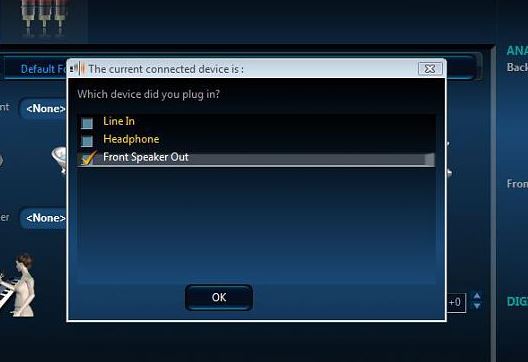
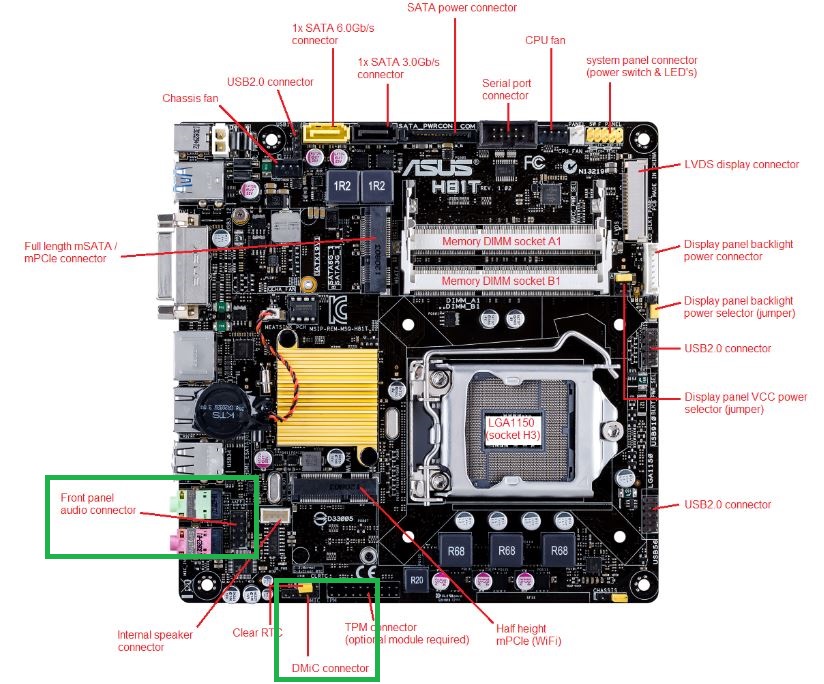

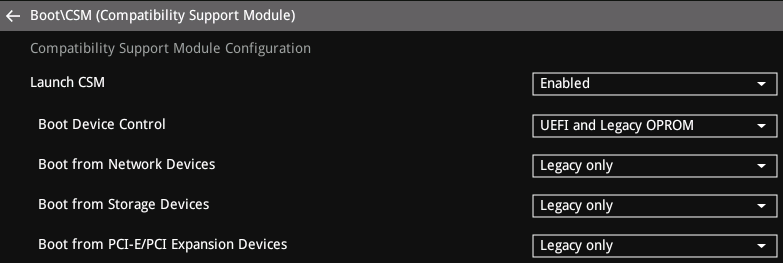

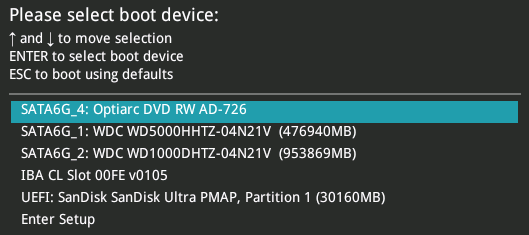

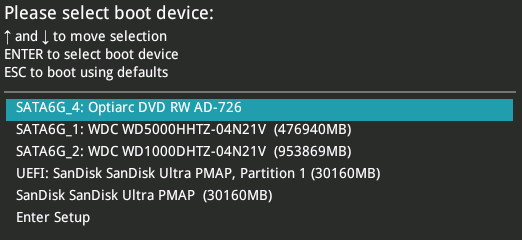
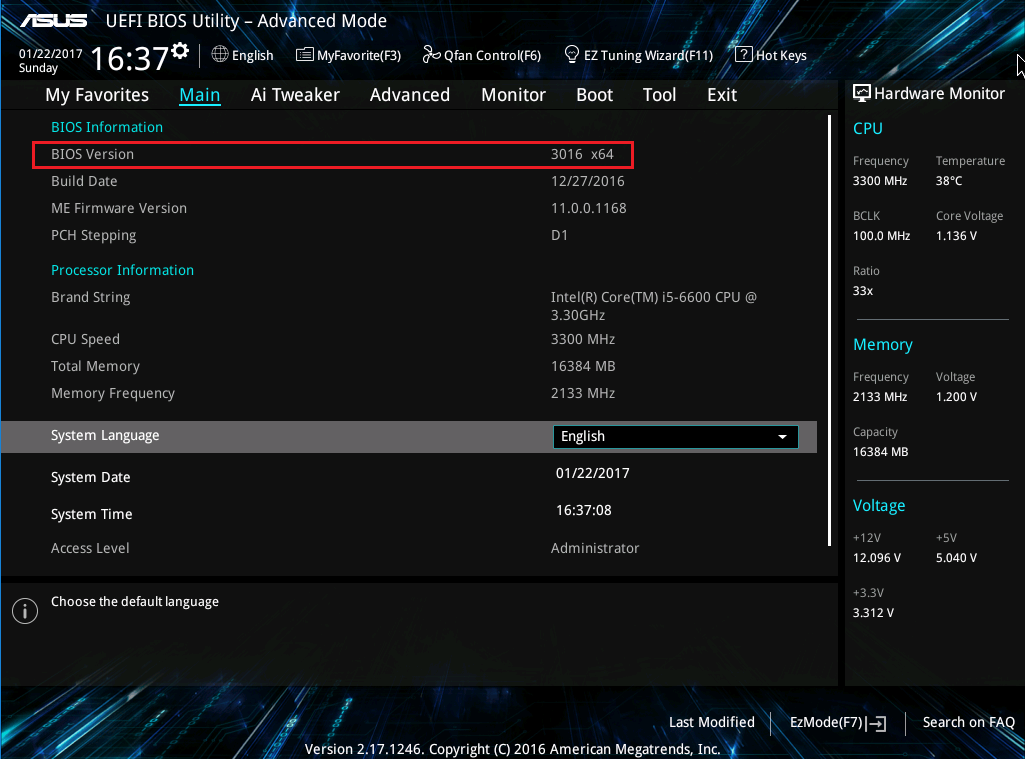

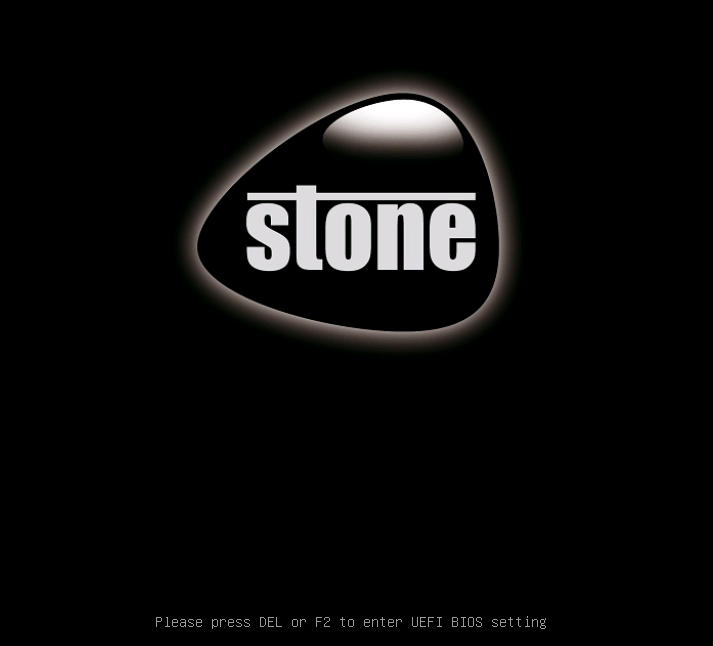
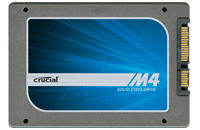
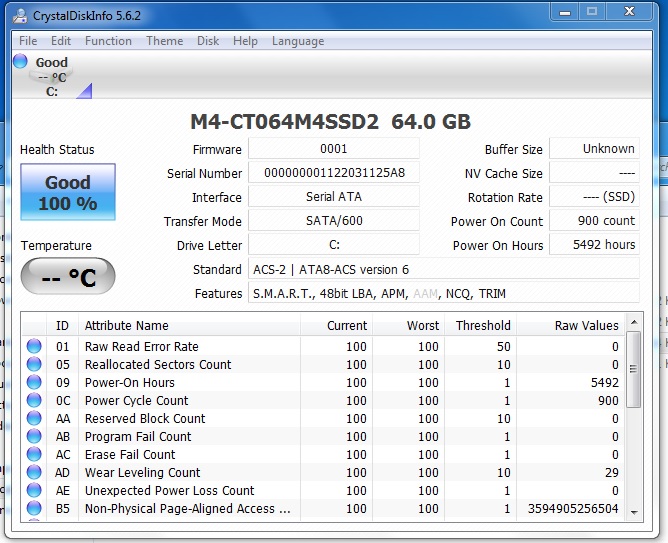
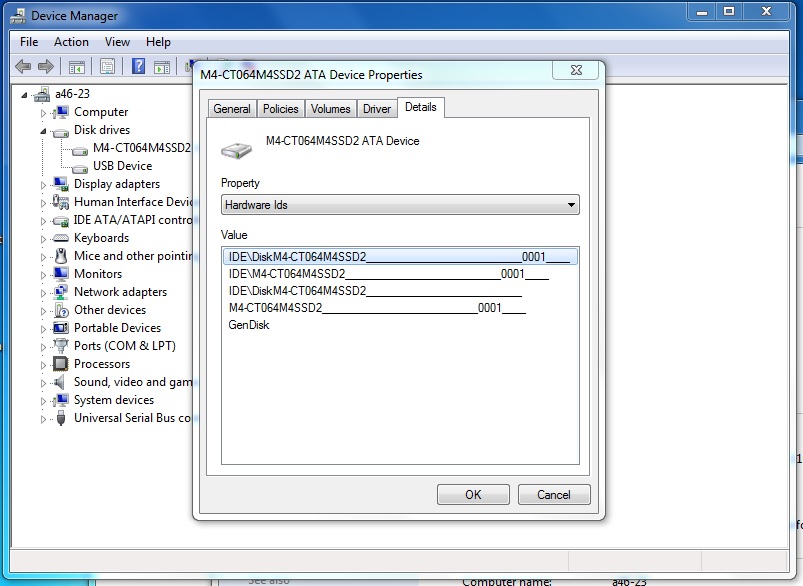
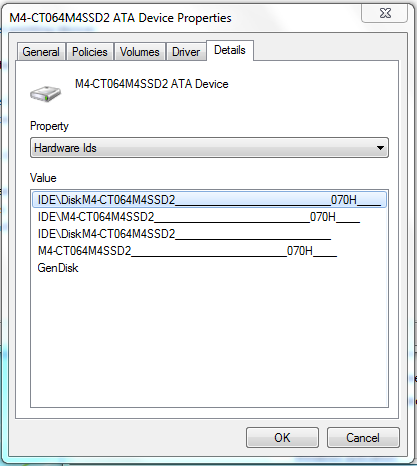
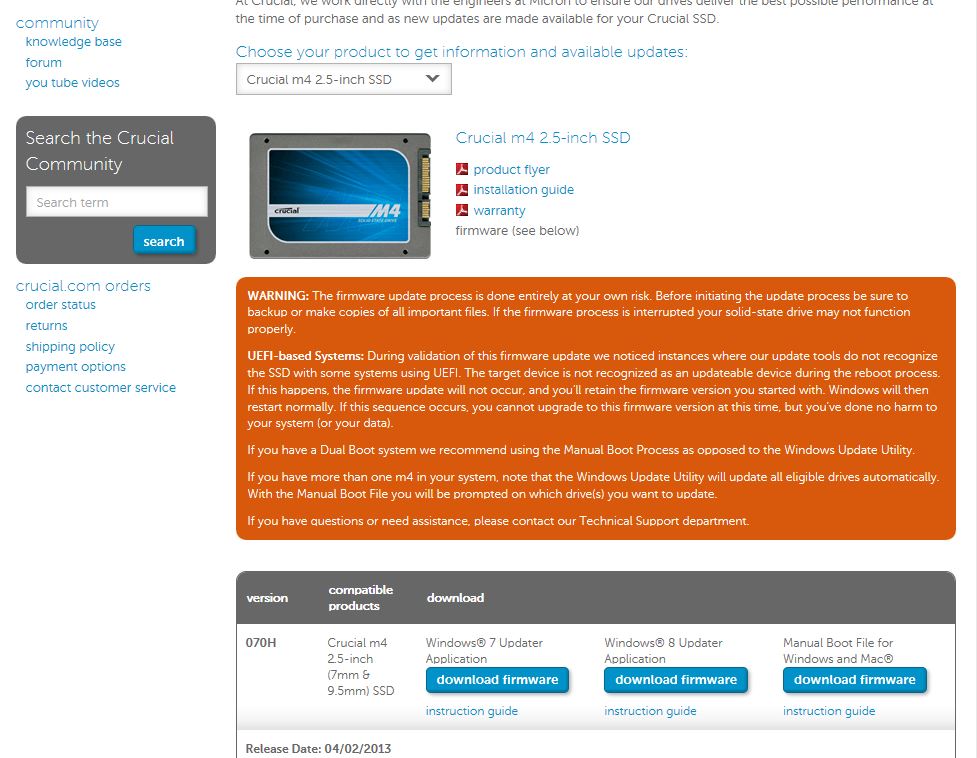
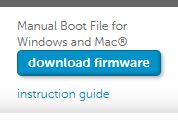
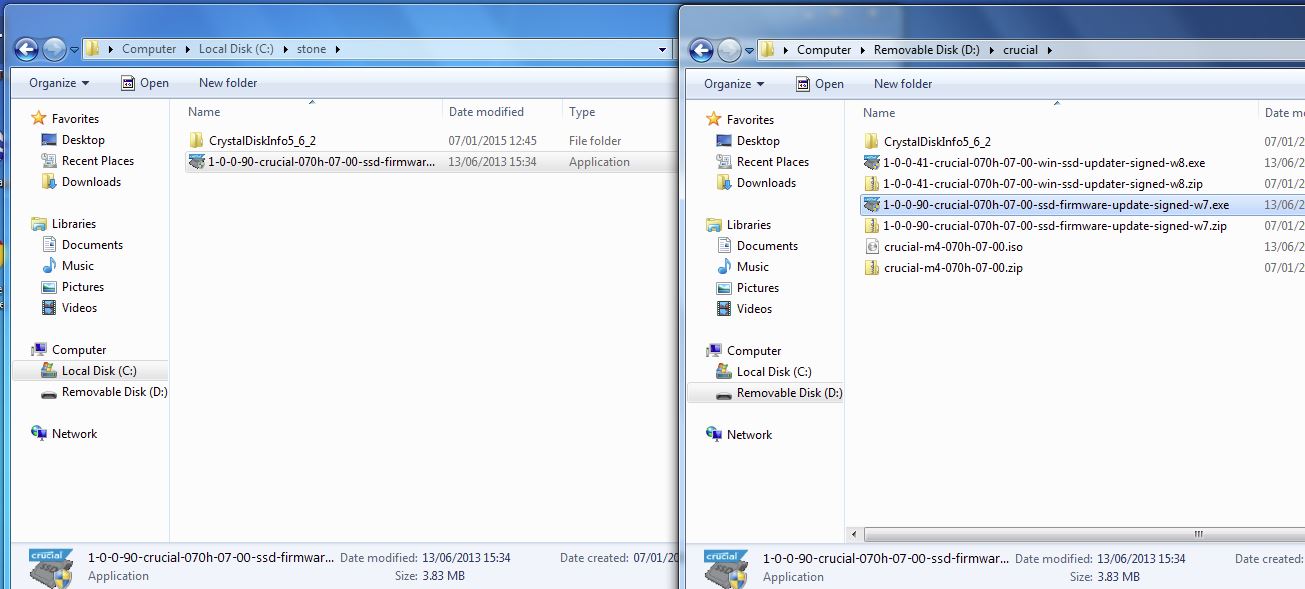

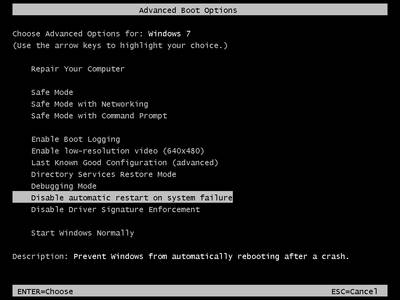
.jpg)
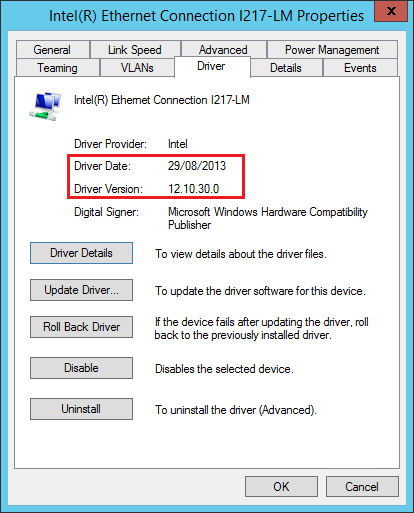

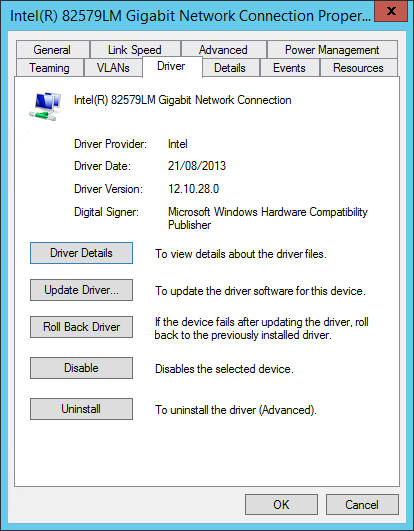

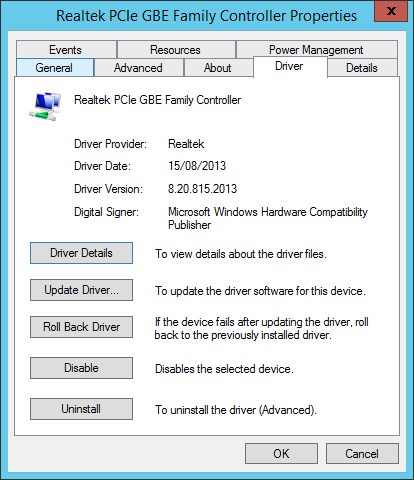
.PNG)

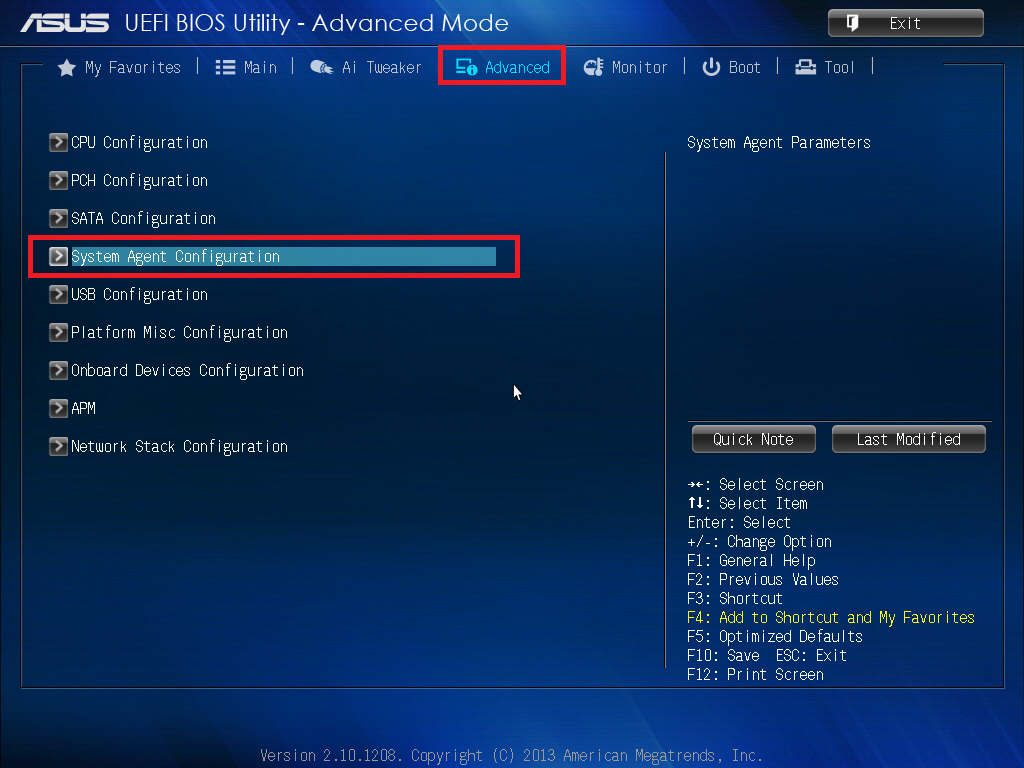
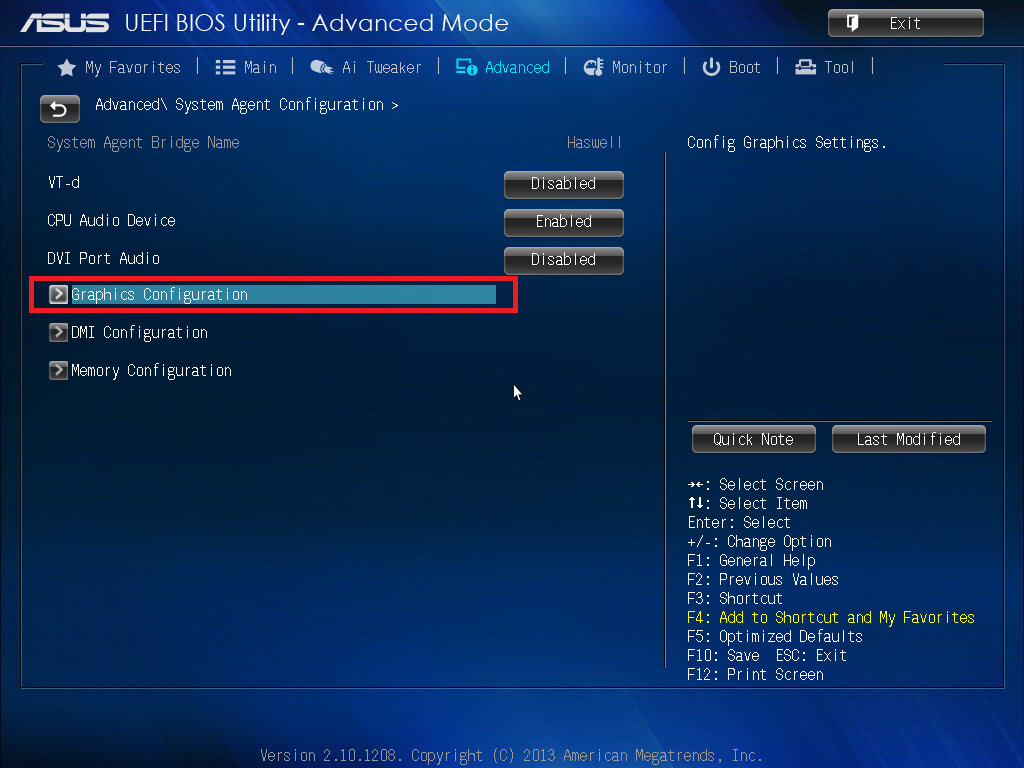
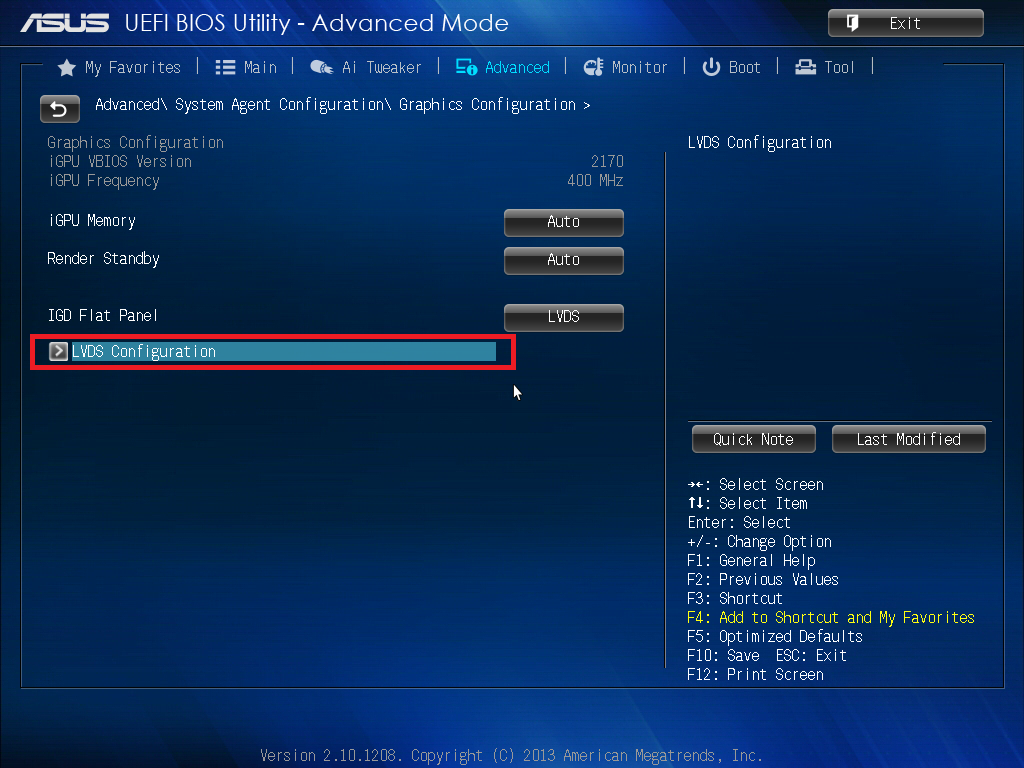
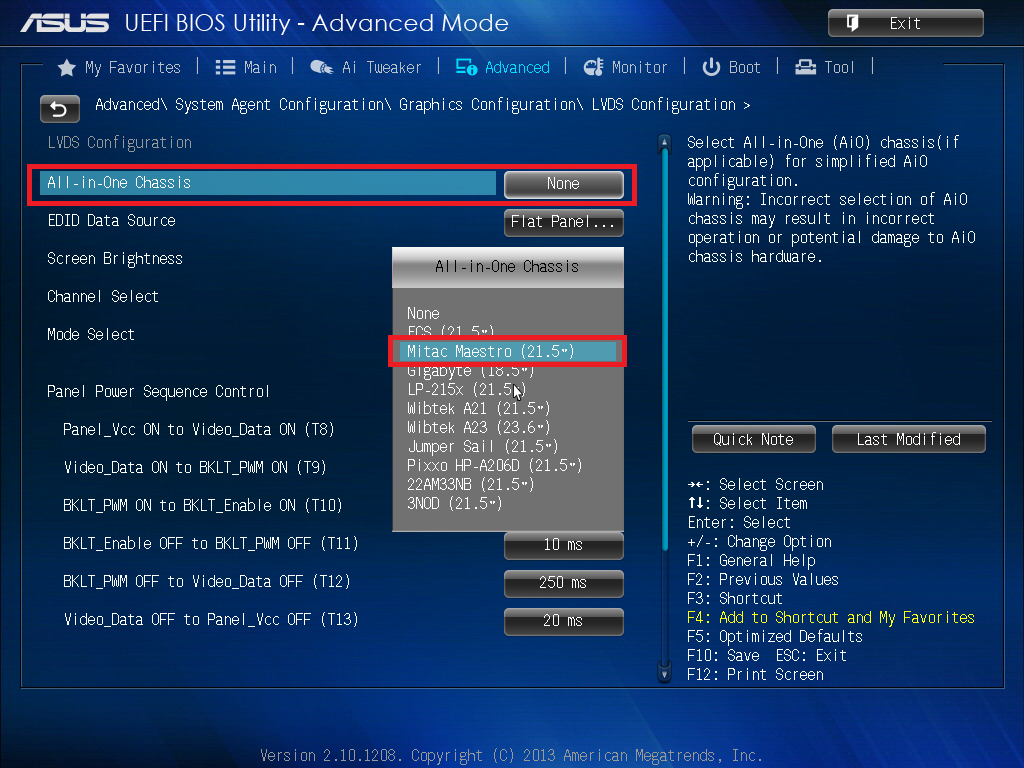
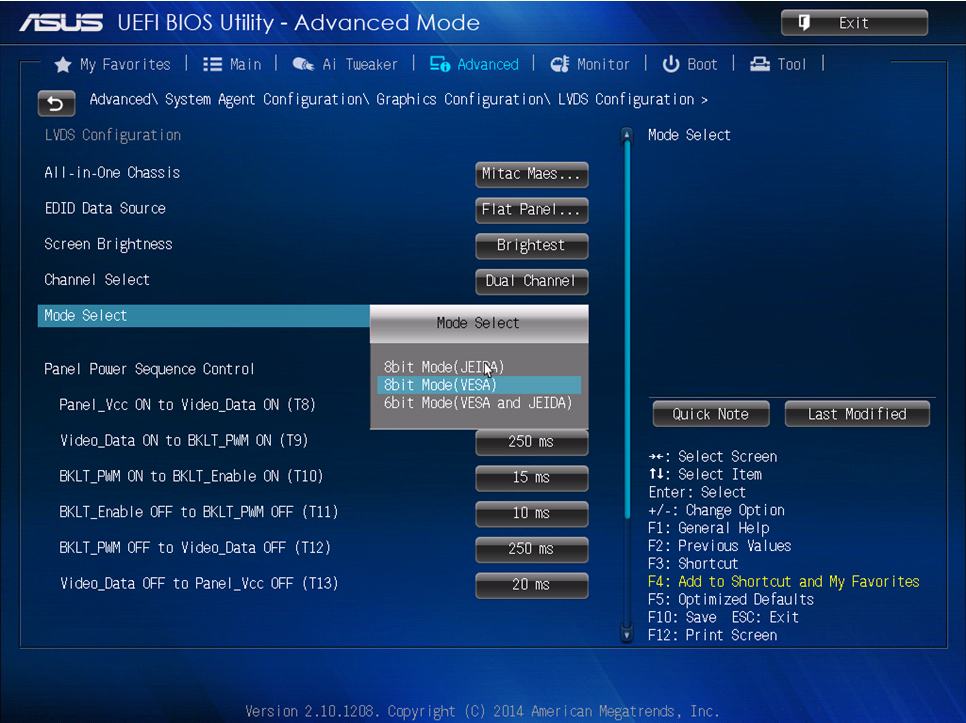
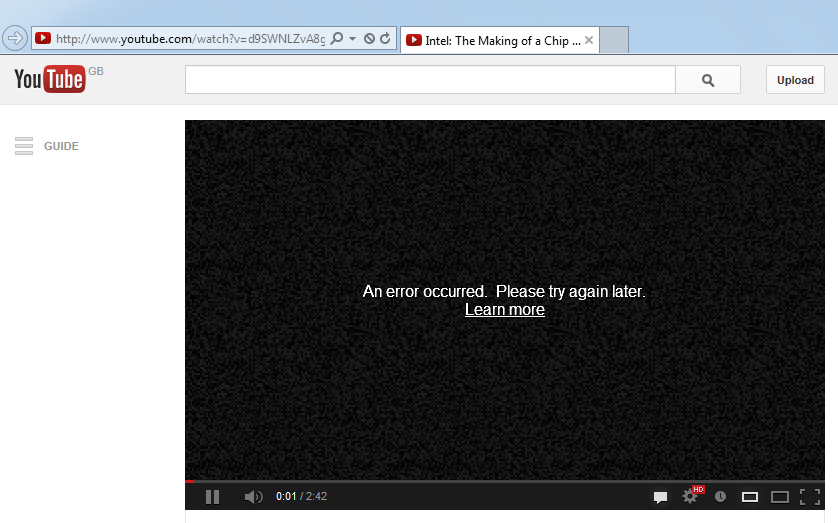
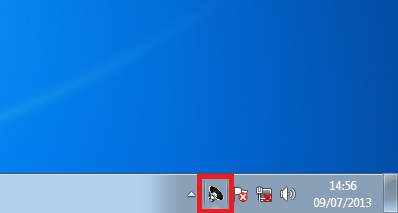
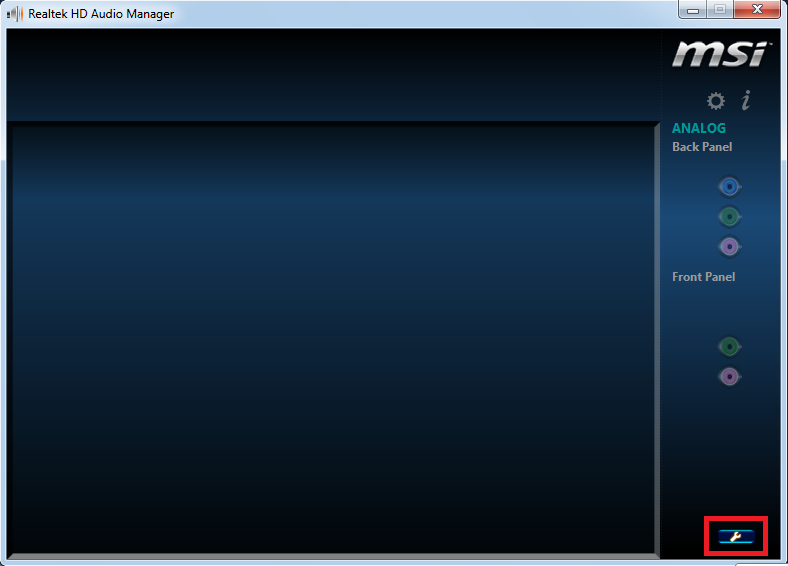
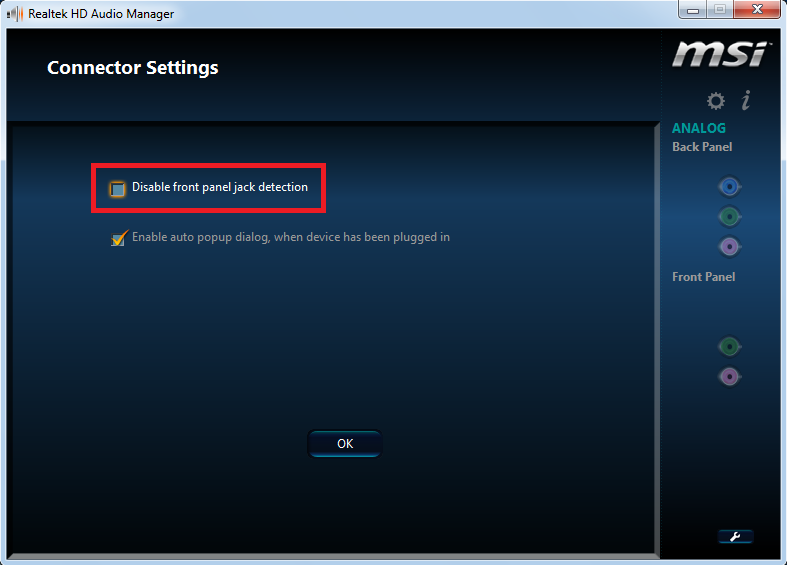

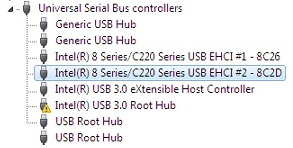

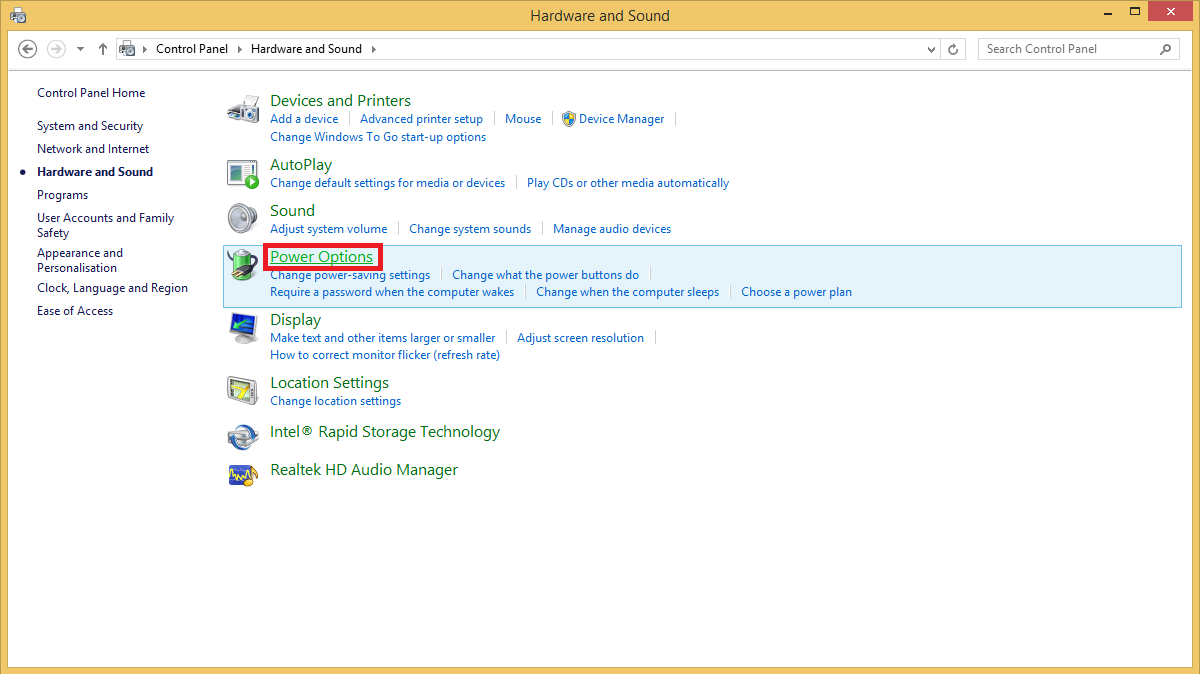
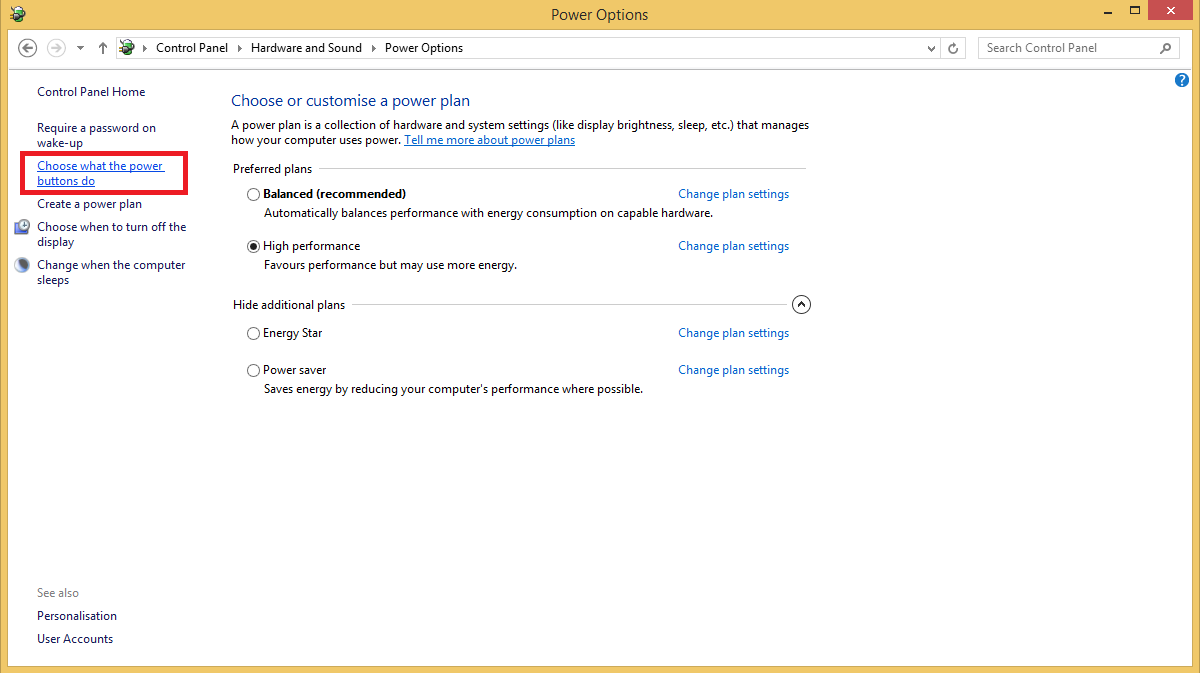
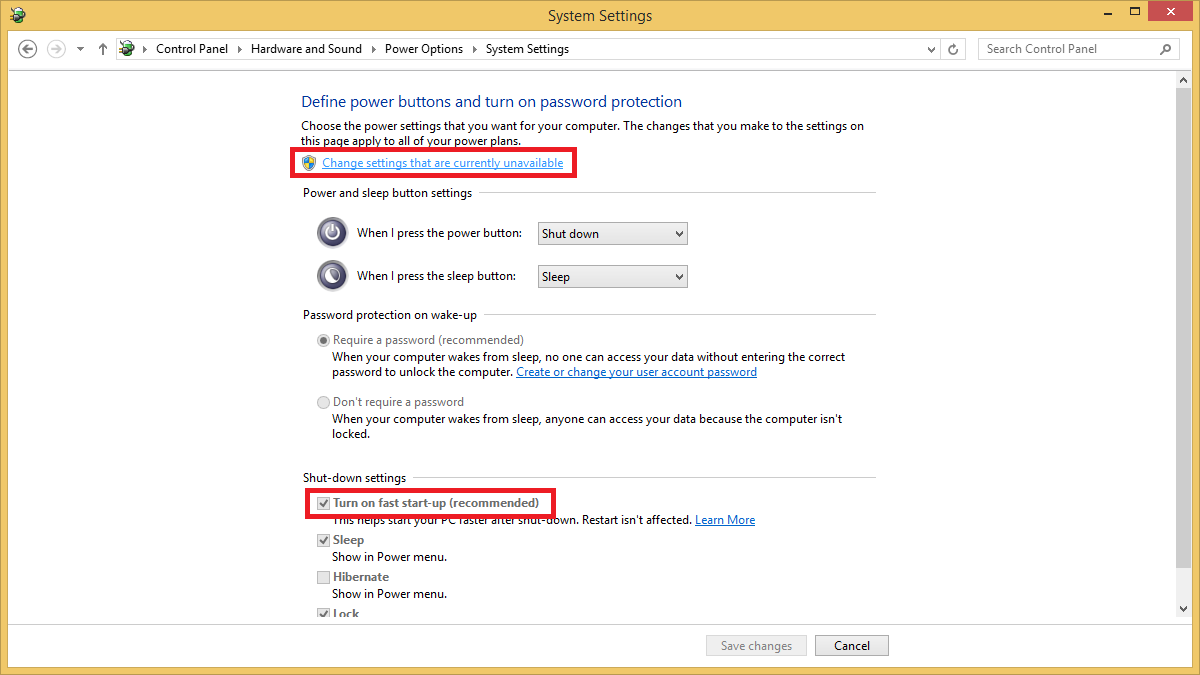
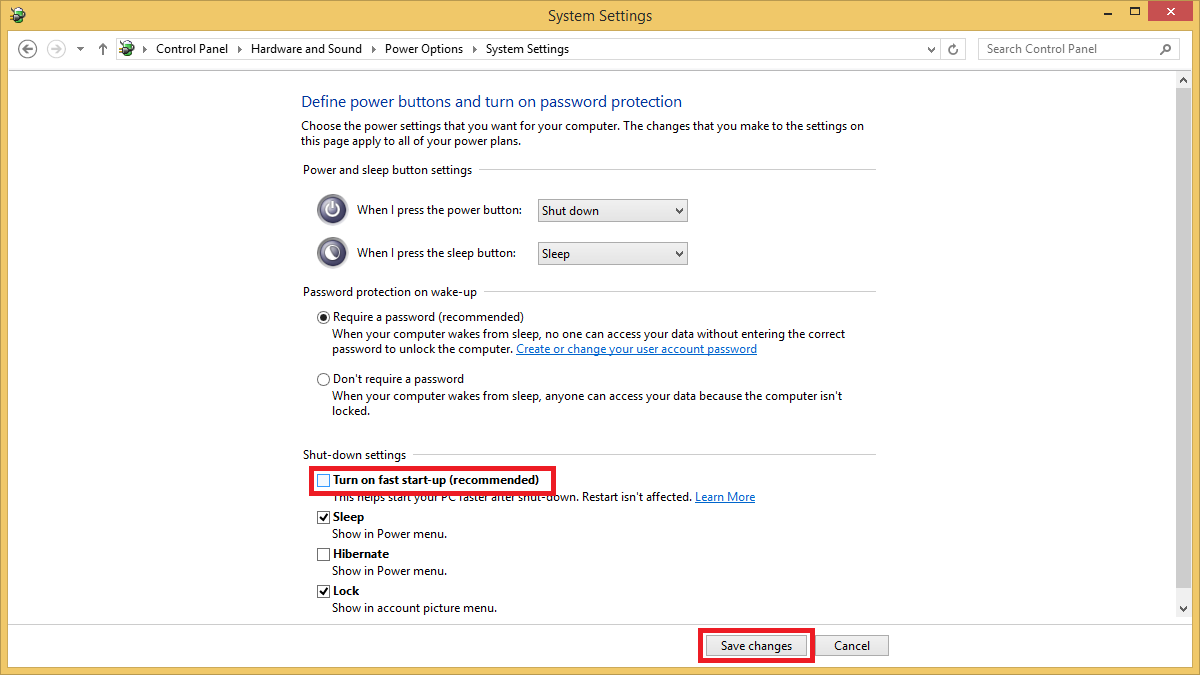
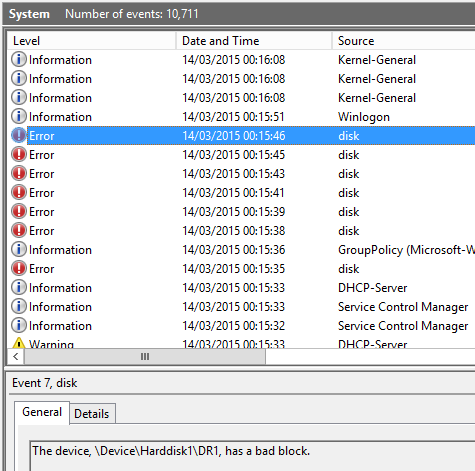
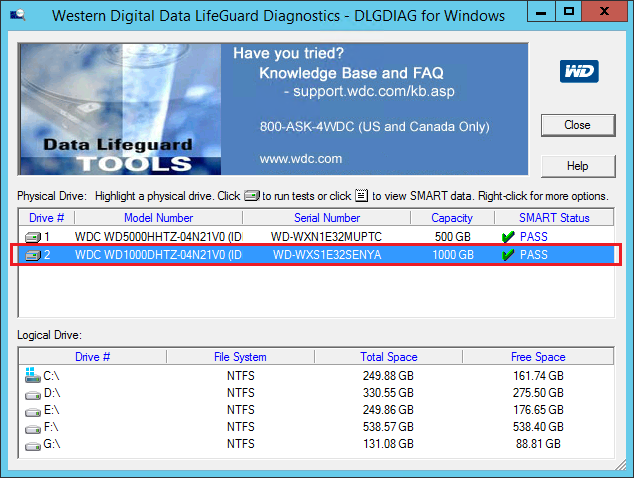

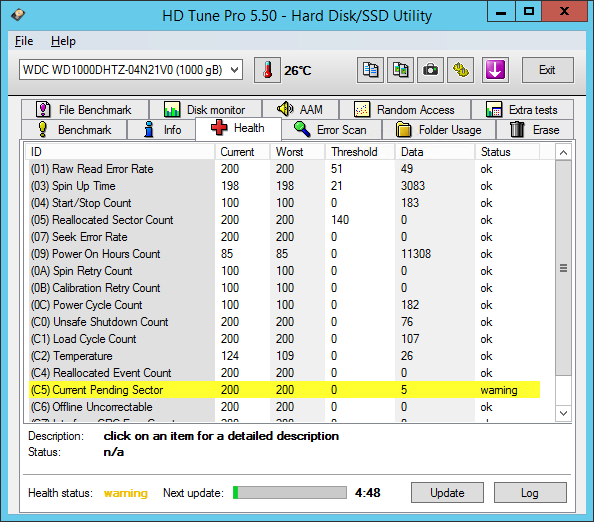
.PNG)
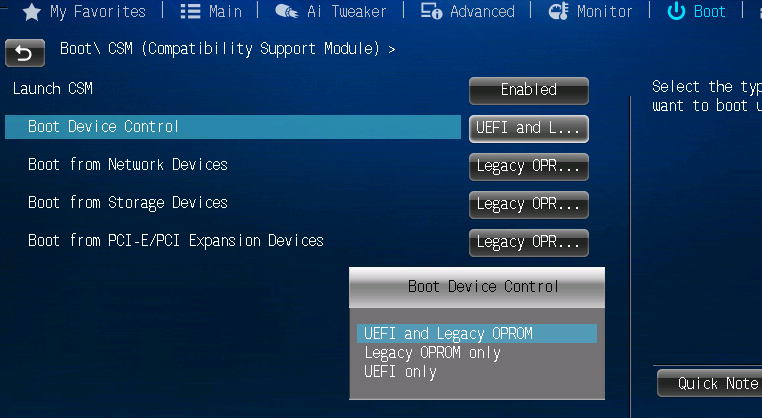
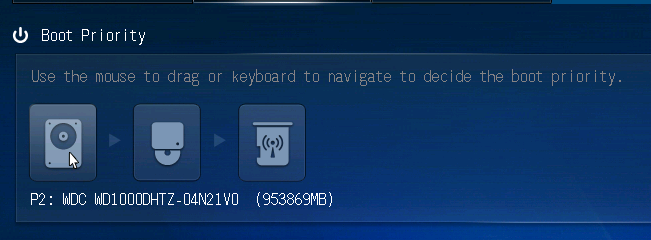
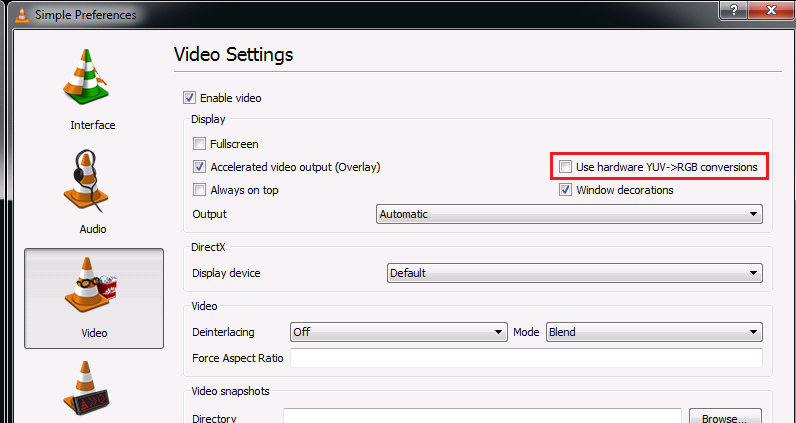

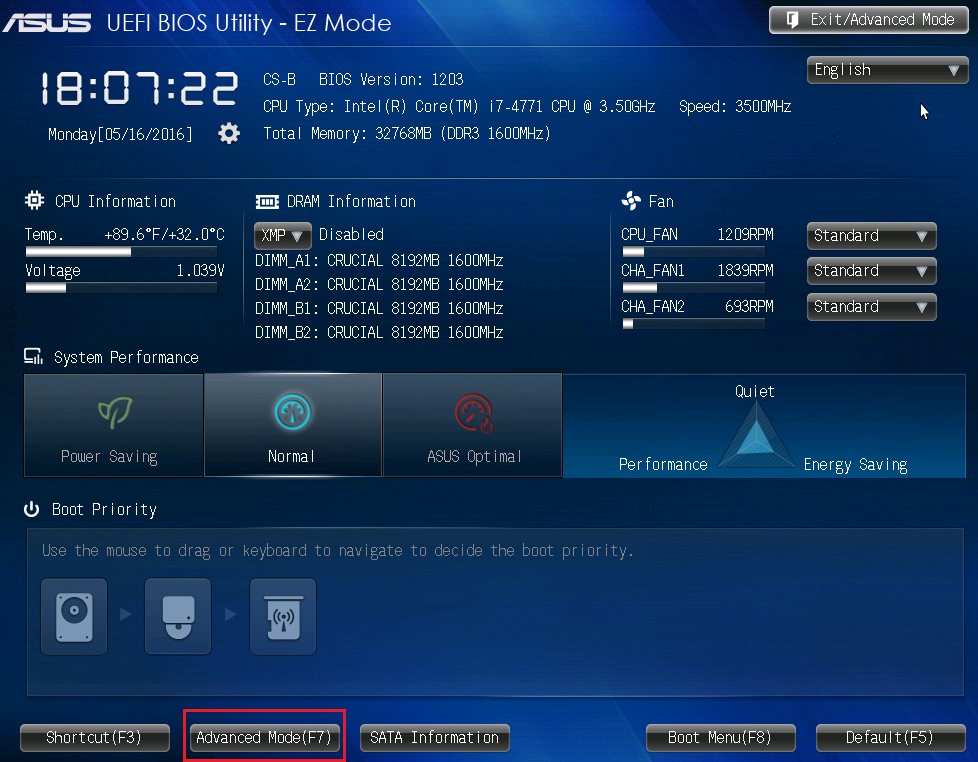
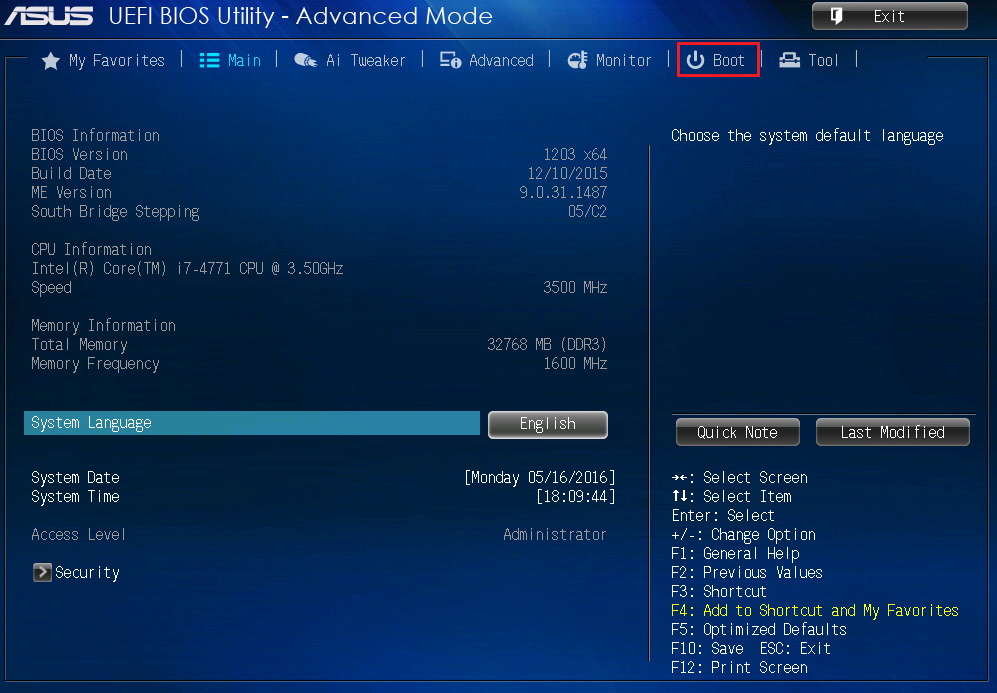

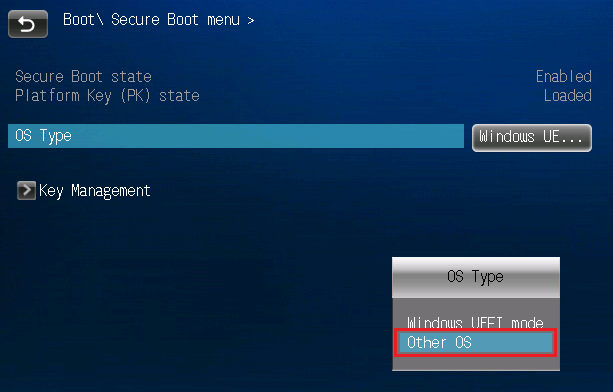

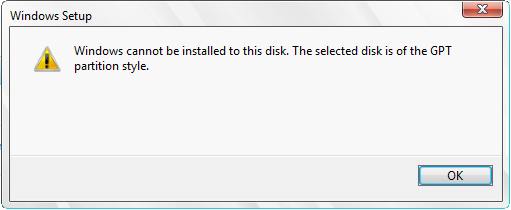
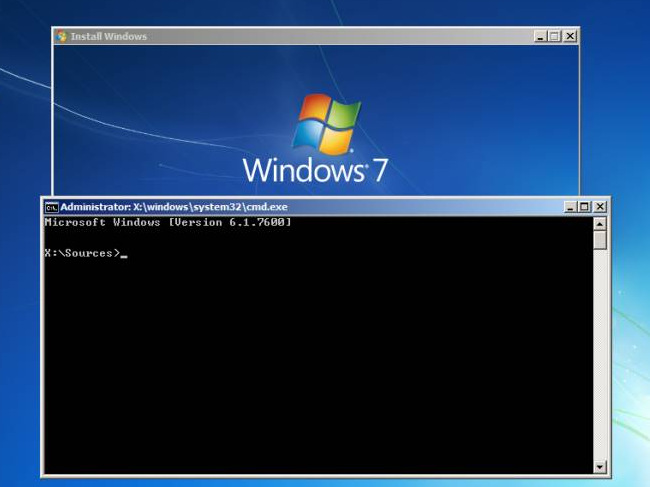
.PNG)
